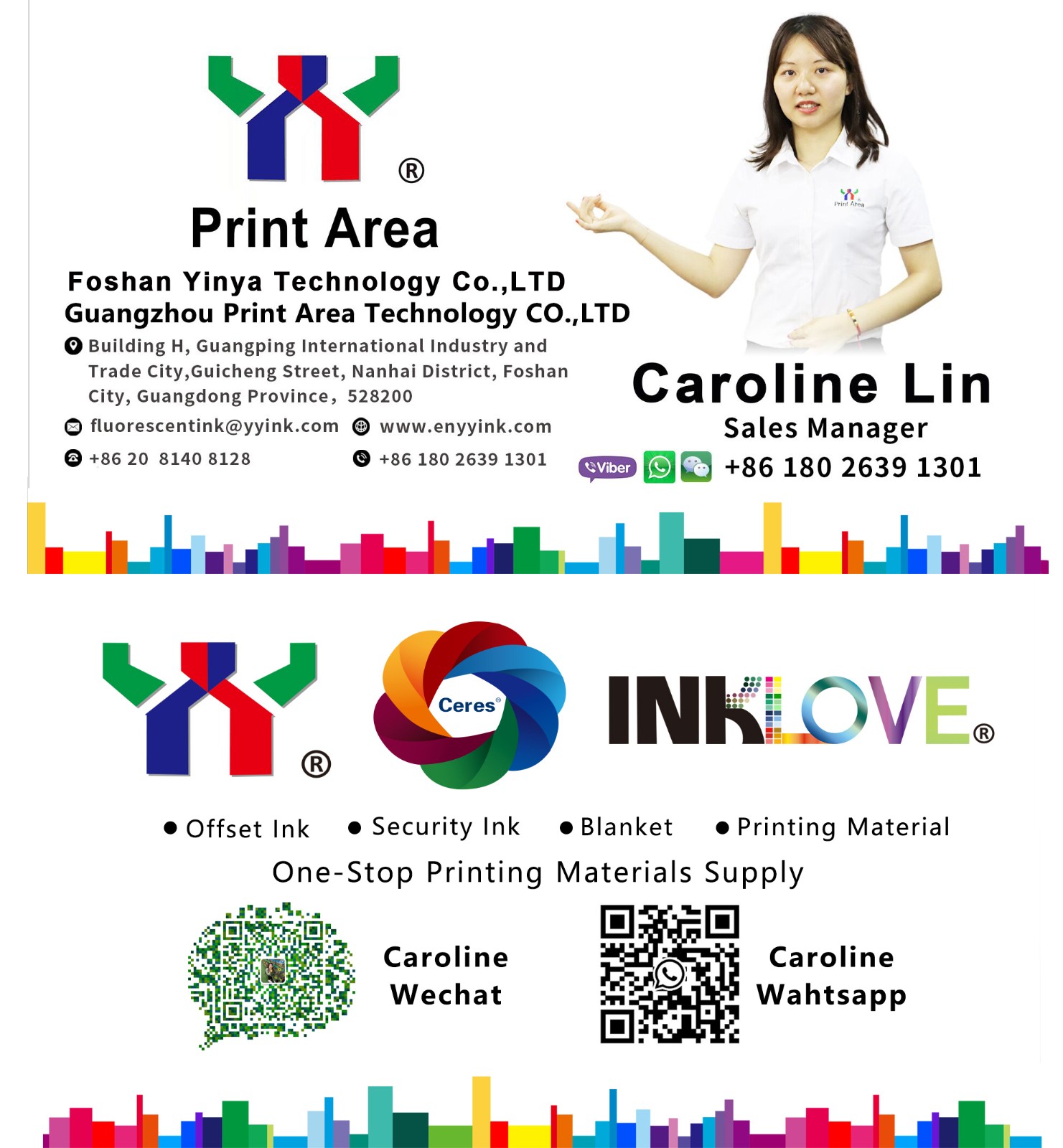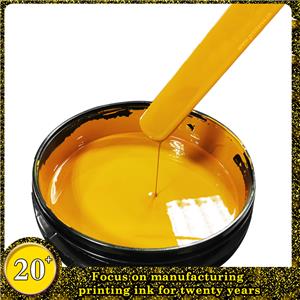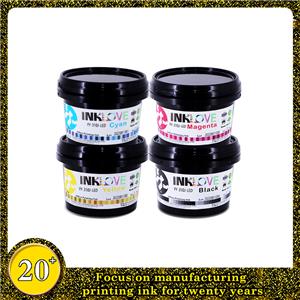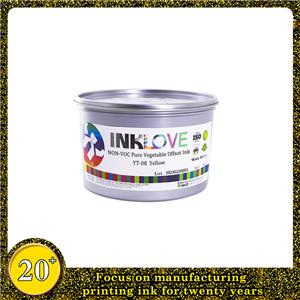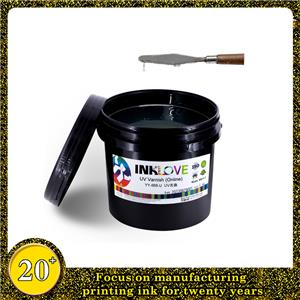The Main Classification of Offset Printing Ink
Offset printing inks are classified in different ways:
1. Classification according to substrates
According to the chemical name of the substrate, it can be divided into: polyethylene, polypropylene (non-polar) ink. Polyvinyl chloride, polystyrene, ABS polycarbonate (polar) inks. According to the shape of the substrate, it can be divided into soft plastic ink and hard plastic ink.
Second, according to the classification of printing machinery
According to the division of printing machinery, it can be divided into sheet-fed offset printing ink and rotary offset printing ink; the selection of offset printing ink by different printing machinery and different substrates.
1. Inks for web offset presses
The ink used in web offset presses is what is usually called offset web ink, which is based on the following two types:
a. Penetration drying type: Because the printing speed of newsprint and offset paper web offset press is high and the drying speed of ink is fast, the commonly used inks are mostly permeation drying type.
b. Thermosetting ink: In modern trade web offset presses, a drying device is added to the second half of the printing device. In order to adapt to this production premise, thermosetting ink is used. This ink is heated in the drying device, and the ink in the ink is heated. The volatilization of the solvent allows the ink film to dry quickly, and the content of drying oils (such as linseed oil) in thermosetting inks is less. The content of petroleum agent is more, and other components are similar to sheet-fed offset printing ink. The paper used for thermosetting ink is of better quality than that used for penetrating and exuding drying ink.
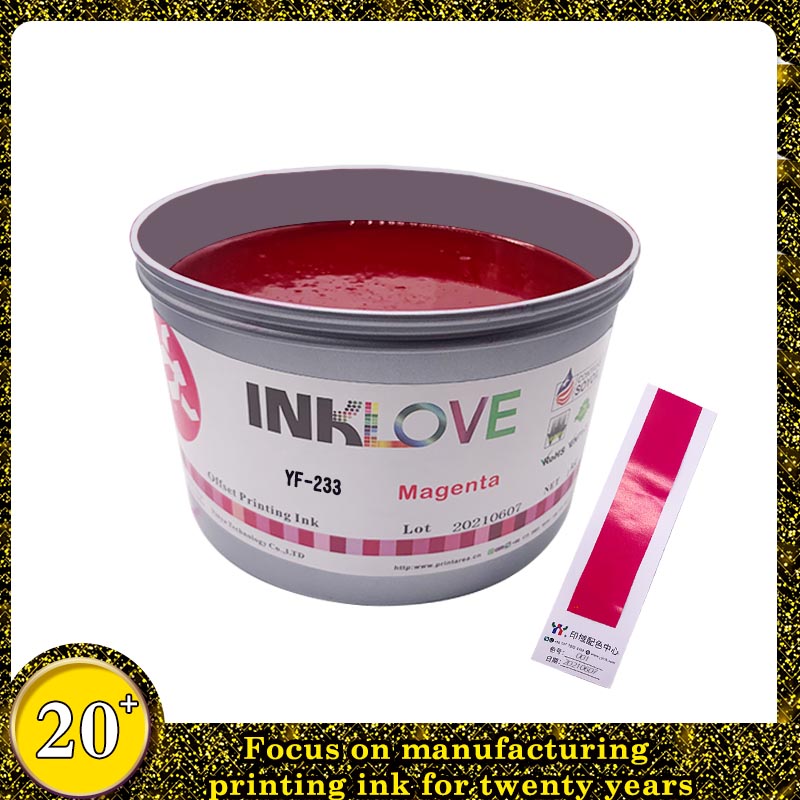
2. Sheetfed Offset Ink
1) Offset glossy Offset glossy ink is made of synthetic resin, dry vegetable oil and high boiling point alkane oil. Colloidal ink composed of high-quality pigments and additives. For single-color, two-color or multi-color offset presses to print albums, pictures and other high-level fine prints on coated paper. The gloss of the ink is mainly produced by the conjunctiva after drying of the binder. The gloss of the ink and the leveling of the ink film are good, and it should be able to form a plane when it is attached to the surface of the substrate, which can directional reflect the incident light, that is, it has a mirror effect. The link material is required to stay on the surface of the substrate as much as possible.
2) Offset resin ink Offset resin ink is made of synthetic resin, dry vegetable oil, mineral oil, high-quality pigments and fillers, and is prepared and ground. Offset resin ink is characterized by less vegetable oil content and high solvent ratio, usually high-boiling alkanes, which play a role in reducing viscosity in inks. After the ink is transferred to the paper, this part of the solvent quickly penetrates into the paper fiber under the action of the capillary, which speeds up the drying of the ink and reduces the fault of the printed product.
3), UV offset printing ink UV ink is used for printing in offset printing, usually called UV offset printing. UV offset printing ink is a type of ink that uses the radiation energy of ultraviolet (UV) to make the liquid chemical substance solidify into an ink film through rapid cross-linking. It requires a UV curing unit in the printer. As a kind of offset printing ink, UV offset printing ink must be able to be printed by offset printing, so UV offset printing ink should also have some characteristics of ordinary offset printing ink to meet the requirements of printing suitability.
4), offset printing synthetic paper ink
In the absence of a UV offset press, the use of the usual four-color printing press to print special paper such as cardboard and synthetic paper that does not easily dry on the surface of the substrate requires the use of offset printing synthetic paper ink, which is suitable for printing. Various synthetic paper (gold cardboard, silver cardboard, aluminum foil paper, special paper) and other non-absorbent printing substrates, the ink has the characteristics of fast drying and good adhesion on the printed matter. Because the drying speed of this ink is very fast, when the printing process is stopped, the ink on the rubber roller should be cleaned in time to prevent the ink from crusting and drying.
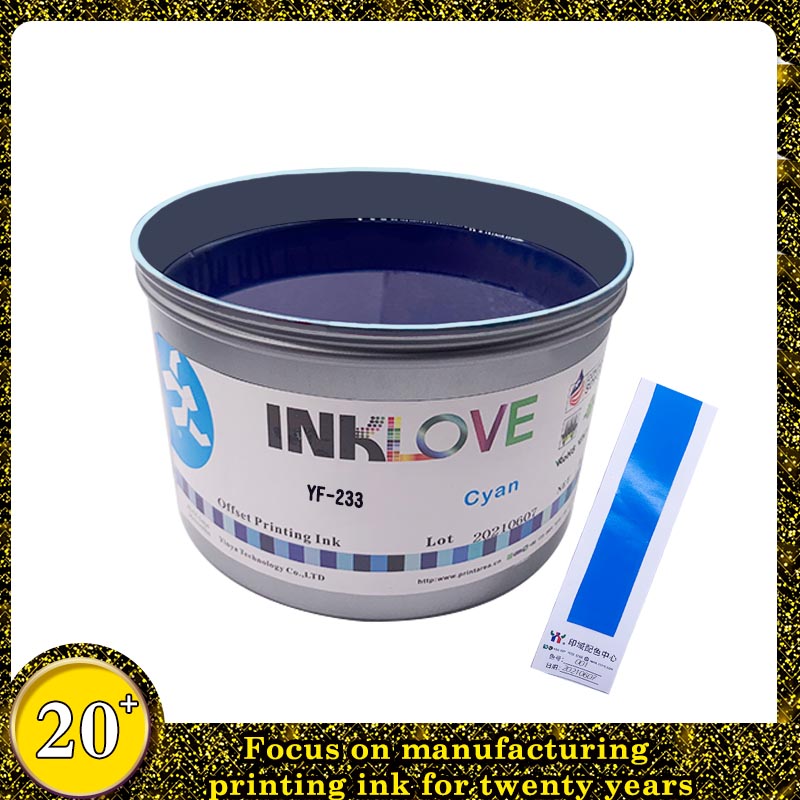
3. Classification according to drying method
According to the different drying methods, it can be divided into three types: permeable type, oxidized conjunctival type and volatile type. Let's learn more about volatile drying inks, UV curing inks, and oxidation drying inks.
1. Volatile drying ink: It is the most used ink in screen printing. The components of the ink film are mainly polymer substances. After printing, the solvent volatilizes, and the polymer substances form the ink film. This volatilization drying process is reversible, that is, the dried ink film can be redissolved with a solvent. After the ink is transferred to the substrate, there will be an ink film of the solvent, and the solvent will volatilize first. The solvent in the ink diffuses into the atmosphere due to the action of vapor pressure, forms a liquid film on the surface of the ink film, and then volatilizes through the liquid film. In this drying process, the internal drying is generally slow, and sometimes it is necessary to blow air to speed up the drying. Volatile inks are easy to use and generally dry quickly, so they are widely used.
2. Ultraviolet light-curing ink (UV ink): Ultraviolet ink can produce photochemical reaction, which can be completely cured in a few seconds, and is used more and more in plastic printing. The main components of the ink are photopolymer resin, initiator, colorant and auxiliary agent. In principle, no organic solvent will be used. The main features of UV ink are: no solvent volatilization, no pollution, environmental protection requirements, widely used in food packaging printing, good printability, suitable for printing on paper cardboard, plastic products, metal, textiles and other substrates, short curing time , Low energy consumption, good quality of printed products.
3. Oxidative drying ink: The ink contains a polymer with a small molecular weight, which is oxidized in the air to form a polymer film through the chemical reaction of heat, light or reactive substances. After this ink is printed on the surface of the substrate, it generally needs to be heated to promote hardening. With the development of science and technology, people's requirements for environmental protection are increasing day by day, so environmental protection inks came into being. Environmentally friendly ink, also known as green ink, mainly includes soybean ink and ultraviolet curing ink in offset printing.
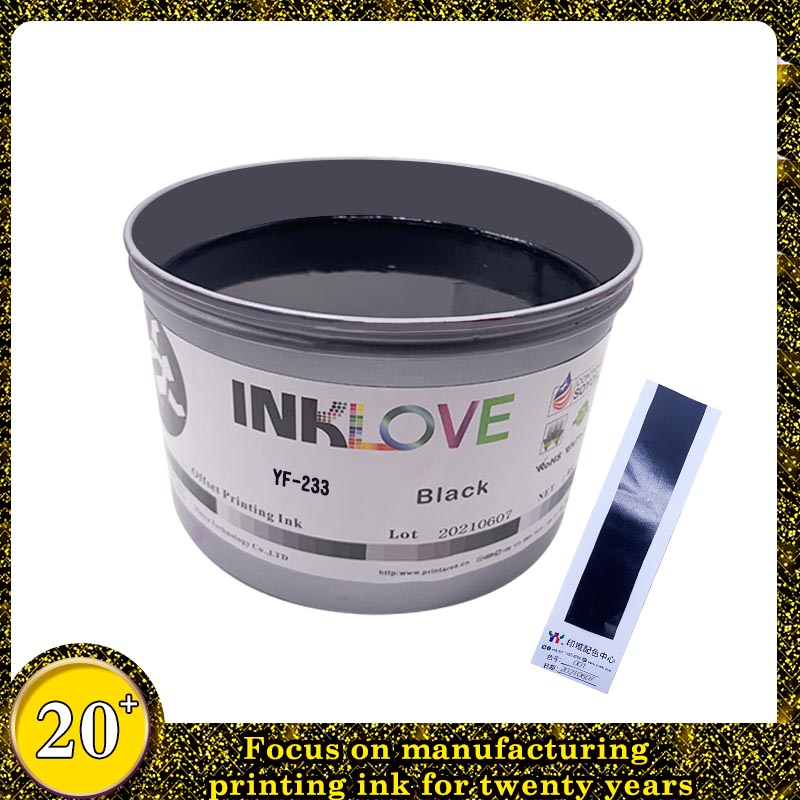
Print Area is professional in printing industry 20+ years.
Security Paper:Watermark Paper,UV Fiber Paper,Thread Paper
Security Ink:OVI,UV Invisible Ink,Magnetic Ink,Water Sensitive Ink,Watermark Ink,Glow in Dark Ink
Offset Ink:Soy Bean Offset Ink,UV Offset Ink
Printing Materials:PS Plate,Rubber Blanket,Underpacking Foil,Underpacking Paper.
Machine:Die Cutting Machine,Offset Machine,UV Flexo Machine,UV Coated Machine ect.
Please don’t wait and contact with
Caroline:+8618026391301(wechat & whatsapp avaliable.)
Email:fluorescentink@yyink.com
Web:www.printarea.cn
